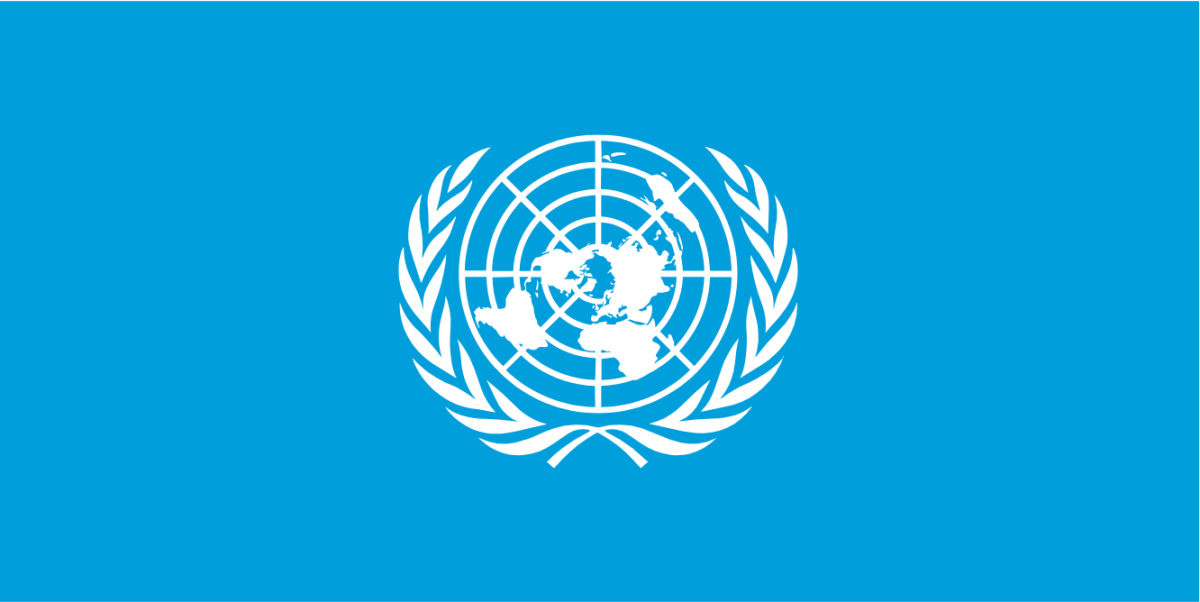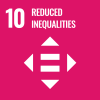
The World Economic and Social Survey 2017 reviews the discussions on development presented in WESS over the past seventy years. The objective is to bring the insights and the historical experience of 70 years of development policy analysis to inform the implementation of the 2030 Agenda for Sustainable Development. This note is a brief review of current trends in the global economy and possible implications for global development.
Sluggish growth is a threat for the achievement of the SDGs
Globalization and technological progress have enabled unprecedented gains in wellbeing across the world. However, imbalances in global flows, when they emerge, continue to plague the global economic and financial system, and cause development setbacks. The Global Financial Crisis (GFC) in 2008/09 and subsequent global economic turbulence follow a long term pattern of boom and bust in financial and economic markets. The turbulence of the last decade demonstrated once again that global mechanisms remain ill-suited to protect the most vulnerable countries and populations groups from the effects of crises. Unfortunately, the initial coordinated response to the crisis to stimulate global growth agreed in the G20 in the London and Pittsburgh summits in 2009 was prematurely abandoned. Many governments, worried about mounting levels of debt, returned to contractionary fiscal policies that continue to weigh on the post-crisis recovery. As a result, the recovery of the world economy from the GFC has been unexpectedly weak. From 2011-16, world gross product growth averaged only 2.5 per cent per year, a full percentage point below the rate recorded in the pre-crisis period of 2000-07. Developed economies, in particular, have seen a slow recovery with average annual GDP growth of just 1.5 per cent from 2011-16, down from 2.5 per cent in 2000-07. The weak recovery in developed economies has also been marked by a continuation of the long-term decline in interest rates, persistent below-target inflation, and stagnant wages for large segments of the workforce. With future inflation expected to remain low, there is little room left for monetary policy to add further stimulus. The question of whether developed economies are stuck with low-growth, low investment, low inflation and low interest rates—and how such a scenario could possibly be averted—is perhaps the most important policy-debate in economics in current years. Anaemic growth continues to be a challenge for countries and the international community to achieve sustained and robust growth and an enabling environment for implementation of the 2030 Agenda for Sustainable Development. Long term stagnation in developed countries could act as a major constraint for growth in developing countries, create instability in trade and financial markets, and reduce the amounts of investment and concessional finance available to the Least Developed Countries. Under the current growth trajectory, without a decline in inequality, nearly 35% of population in LDCs may remain in extreme poverty by 2030.
National and global action to reactivate robust and sustainable growth
Reactivating growth and creating an enabling environment for the Sustainable Development Goals will require interventions that simultaneously address the various factors affecting the excessive supply of savings and weak demand for investment. Some of the factors can be influenced in a relatively short period, such as the imbalance in global capital flows and the decline in demand for investment goods. Public investment in infrastructure, education and research and development, combined with private sector incentives in the sustainable energy sector can boost the demand for investment. Governments can also provide tax credits for lowincome or liquidity-constrained households to increase the incomes of those with a high marginal propensity to consume. Targeted industrial policies can provide additional support for aggregate demand in the short- to medium-run. Incentives for industries that are heavy consumers of investment goods, for example, can help boost investment and absorb the excess in savings that is driving down interest rates.
Reversing the trends in productivity, inequality, and demographic changes
Over a longer time period, productivity is the single most important determinant of a country’s level of real income and potential output. Fostering productivity growth must be at the centre of national and international policy agendas as an enabling condition for development. Countries can boost productivity by expanding public and private investment in human capital—including education, child care and on-the job training—and in research and development. The regulatory environment needs to keep up with structural changes in the global economy, such as digitalization, globalization and the rising importance of tacit knowledge. Policy efforts should thus be directed towards lowering entry barriers and ensuring the competiveness of product markets, while facilitating the adjustment of workers to changing conditions. High or rapidly rising inequality is increasingly regarded as an obstacle to long-term economic growth. The direct way for Governments to tackle this problem is to intensify their redistributive efforts using a combination of progressive tax and transfer policies and some combination of means-tested or universal basic income along with robust safety nets and universal health care systems. Policy must also address the underlying causes of rising inequality, such as higher skill premium, the disruption in labour markets caused by technological progress and globalization and the decline in the bargaining power of workers. Policy responses can, for example assist workers to acquire new skills and find new jobs. Strengthening labour market institutions to better balance negotiating positions can also help increase the labour share of income and reduce inequality. Demographic change, in particular population ageing, has weighed on growth in developed economies, most notably in Japan and parts of Europe. Stimulating labour productivity growth has the largest potential to mitigate the effect of ageing on growth, but governments can also embrace immigration as a way to expand the supply of labour. Promoting the participation of women and older persons in the labour force, easing the outsourcing of jobs, and promoting labour-saving technological transformation are also options to help align labour demand and supply.
Global action and a green new deal
The global economy needs institutions and coordinated action to accelerate the growth of world production, to facilitate the flow of goods and services and to support effective utilization of resources within each country. Adequate representation from developing countries is necessary to achieve this in a balanced way. In the 1970s and 1980s, the lack of international coordination led to high inflation and monetary instability in most developed countries, with dire consequences in terms of high unemployment in these countries and a decade of “lost development” in major developing regions. Global institutions must also assist countries to facilitate the use of balanced fiscal and monetary policies. Reflecting the lack of international economic coordination, many developed countries excessively relied on monetary policies alone, which has so far proved to be insufficient to revive the global economy. Flexible application of the international norms and commitments has facilitated economic recovery at times of crisis and major adjustment. During the post-war reconstruction period, the flexibility shown by the IMF, allowing Western European countries time to comply, was a determinant in eliminating foreign exchange restrictions and establishing current account convertibility in the late 1950s. On the other hand, the international rigid response to the debt crisis in the 1980s undermined social progress in Latin America and the Caribbean. The lack of flexibility reduced the policy space for countries to adopt a more gradual resolution of the external debts and to rebalance their economies according to their national priorities. International solidarity is the foundation for development and rebuilding the global economy. The European Recovery Program (better known as the Marshall Plan) implemented after the end of the Second World War helped Western European countries reconstruct their economies and recover financial stability. The solidarity shown under the First United Nations Development Decade (1961-1970) and under the Millennium Development Goals (2000-2015) led to the success in reaching key development outcomes, including poverty reduction. While stability and growth of the global economy will enable bold actions to achieve the 2030 Agenda, macroeconomic management must address the issue of inequality headon. Policies must pay particular attention on the disruptions and displacements caused by rapidly changing economic patterns driven by globalization and technology. A globally-coordinated counter-cyclical response is needed, comprising public work programmes, social protection, financial support and investment incentives in developed and developing countries. This Global Green New Deal (GGND) comprises three main elements: First, financial support must be provided for developing countries to prevent economic slowdown. Second, the creation of public investment packages in developed and developing countries aimed at reviving and greening national economies. Third, national policies that are internationally coordinated to ensure that the developed countries’ spending also generate benefits in developing countries.
 Welcome to the United Nations
Welcome to the United Nations


